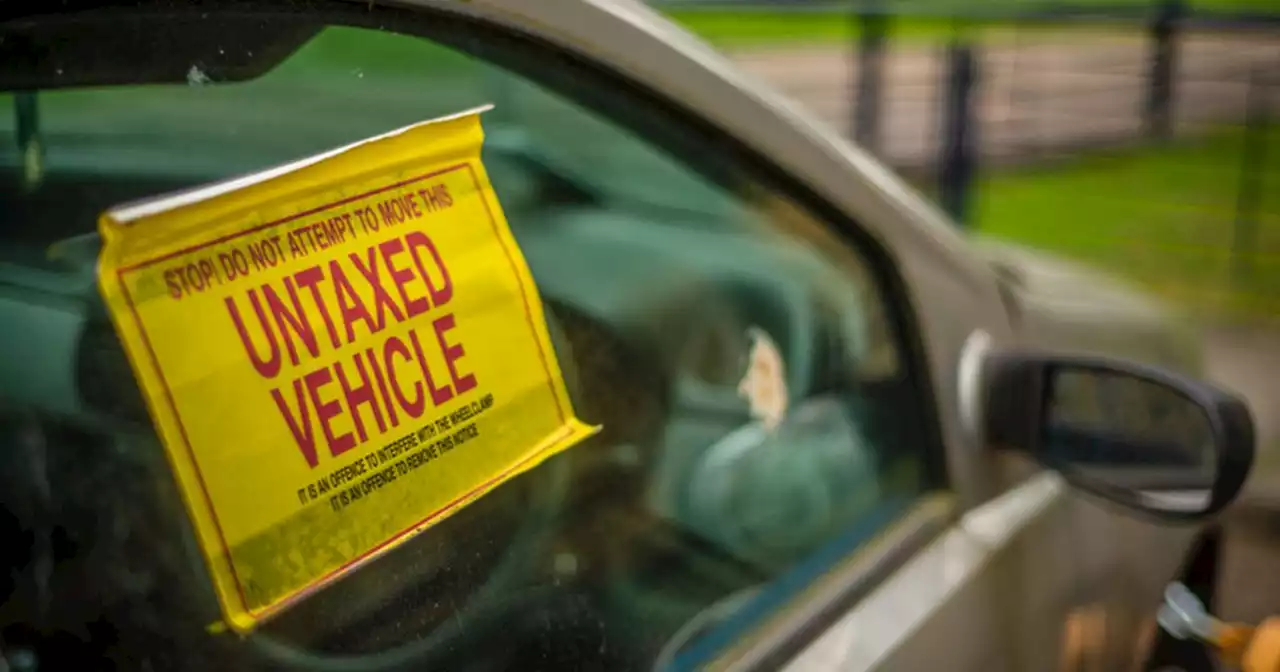DRIVERS have been warned that their choice of footwear could cost them a £5,000 fine if they aren’t careful while driving. Many motorists in the UK opt to drive barefoot or in flip-flops when…
Drivers should use shoes with a sole no thicker than 10mm and that can provide enough grip to stop their foot from slipping off the pedals.
They should not be too heavy, not limit ankle movement and be narrow enough to avoid accidentally depressing two pedals at one. However, according to research by a price comparison website, 40% of women take to the roads in high heels, while 39% wear flip-flops and 24% go barefoot. And over a quarter of male drivers admitted to driving in flip-flops, too, while 22% also choose to wear nothing on their feet.- and a possible driving ban.
Österreich Neuesten Nachrichten, Österreich Schlagzeilen
Similar News:Sie können auch ähnliche Nachrichten wie diese lesen, die wir aus anderen Nachrichtenquellen gesammelt haben.
 RAC warning to all diesel drivers filling up their carsThe RAC has found that diesel is 17p more expensive than petrol, despite the wholesale price being the same
RAC warning to all diesel drivers filling up their carsThe RAC has found that diesel is 17p more expensive than petrol, despite the wholesale price being the same
Weiterlesen »
 Crash at busy junction in Glasgow sparks warning to driversA crash near the First Bus Depot on Cathcart Road in Glasgow has sparked a warning to drivers.
Crash at busy junction in Glasgow sparks warning to driversA crash near the First Bus Depot on Cathcart Road in Glasgow has sparked a warning to drivers.
Weiterlesen »
 DVLA warning as drivers will be blocked from paying car tax onlineThe driving authority has said that certain online services will be unavailable as the website undergoes maintenance updates.
DVLA warning as drivers will be blocked from paying car tax onlineThe driving authority has said that certain online services will be unavailable as the website undergoes maintenance updates.
Weiterlesen »
How do current tobacco warnings compare to the WHO FCTC guidelines: a content analysis of combustible tobacco warnings worldwideObjective Many countries have adopted warning labels for combustible tobacco products, yet little research exists describing tobacco warning characteristics globally and to what extent they meet the WHO Framework Convention for Tobacco Control (FCTC) Guidelines. This study evaluates characteristics of combustible tobacco warnings. Design We conducted a content analysis to describe the overall landscape of warnings using descriptive statistics and compared to the WHO FCTC Guidelines. Setting We searched existing warning databases for combustible tobacco warnings from English-speaking countries. We compiled warnings meeting inclusion criteria and coded for message and image characteristics using a pre-defined codebook. Primary and secondary outcomes measures Characteristics of combustible tobacco warning text statements and warning images were the primary study outcomes. There were no secondary study outcomes. Results We identified a total of 316 warnings from 26 countries or jurisdictions worldwide. Of these warnings, 94% included warning text and an image. Warning text statements most often described health effects to the respiratory (26%), circulatory (19%) and reproductive systems (19%). Cancer was the most frequently mentioned health topic (28%). Fewer than half of warnings included a Quitline resource (41%). Few warnings included messages about secondhand smoke (11%), addiction (6%) or cost (1%). Of warnings with images, most were in colour and showed people (88%), mostly adults (40%). More than 1 in 5 warnings with images included a smoking cue (ie, cigarette). Conclusions While most tobacco warnings followed WHO FCTC guidance on effective tobacco warnings, such as communicating health risks and inclusion of images, many did not include local Quitline or cessation resources. A sizeable minority include smoking cues that could inhibit effectiveness. Full alignment with WHO FCTC guidelines will improve warnings and better achieve the WHO FCTC objectives. Data are
Weiterlesen »
 A1: Lorry crashes through central reservationOfficers say drivers should prepare for delays throughout the morning while the lorry is recovered.
A1: Lorry crashes through central reservationOfficers say drivers should prepare for delays throughout the morning while the lorry is recovered.
Weiterlesen »
 A1: Lorry carrying dairy products crashes through central reservationOfficers say drivers should prepare for delays throughout the morning while the lorry is recovered.
A1: Lorry carrying dairy products crashes through central reservationOfficers say drivers should prepare for delays throughout the morning while the lorry is recovered.
Weiterlesen »
